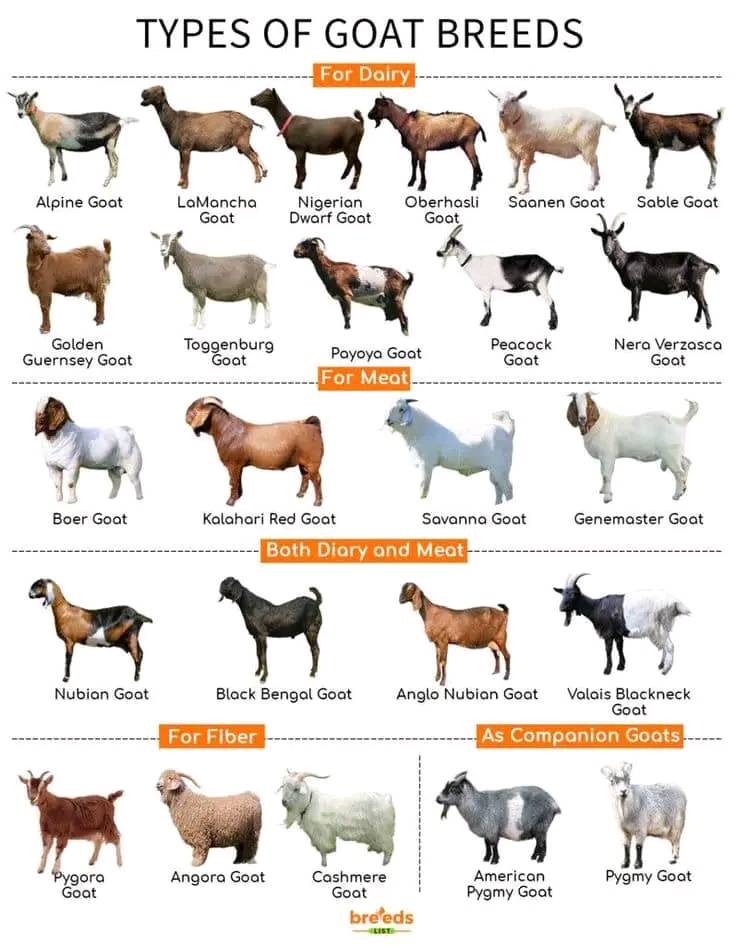Feeding mature turkeys during the finishing stage is all about maximizing meat yield, achieving the desired carcass quality, and maintaining bird health in the final weeks before processing.
This stage generally begins around sixteen weeks of age for most commercial meat breeds, although heritage breeds may take longer to reach market weight.
At this point, growth rates naturally slow compared to the early stages, so the feeding strategy shifts from rapid muscle development to efficient weight gain and optimal fat coverage.
The ideal finishing diet contains 16–18% crude protein with higher energy levels than earlier grower feeds. This balance encourages muscle fullness while adding the slight fat marbling that enhances flavor, texture, and juiciness in the final product.
Energy is typically provided through grains such as corn, wheat, or sorghum, while protein sources like soybean meal or canola meal maintain lean tissue growth.
Overfeeding protein at this stage is not only unnecessary but also inefficient, as excess protein is excreted rather than converted to muscle.
Mineral and vitamin supplementation remains important, particularly calcium and phosphorus for skeletal integrity, since heavier body weights put more strain on leg bones.
Vitamins A, D, and E continue to support immunity and general health, while selenium and zinc contribute to meat quality and shelf life.
In some production systems, finishing diets may also include natural antioxidants or oils such as flaxseed oil to enhance meat’s nutritional profile and consumer appeal.
Feed form and presentation can influence intake and efficiency. Pelleted feed is often preferred because it minimizes waste and ensures every bite is nutrient-balanced.
However, in free-range systems, finishing turkeys may also supplement their diet with pasture forage or insects, which can add flavor complexity to the meat. In such cases, the formulated feed should be adjusted to account for the nutrients birds obtain from foraging.
Close monitoring during the finishing stage is crucial. Birds that gain too much fat risk reduced carcass yield and consumer acceptance, while those that are underfed may produce lean but less tender meat.
Farmers should weigh sample birds regularly to track progress toward target market weights and adjust feed amounts accordingly.

